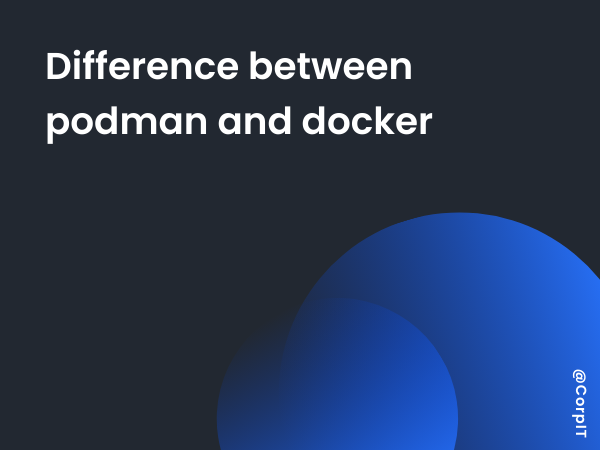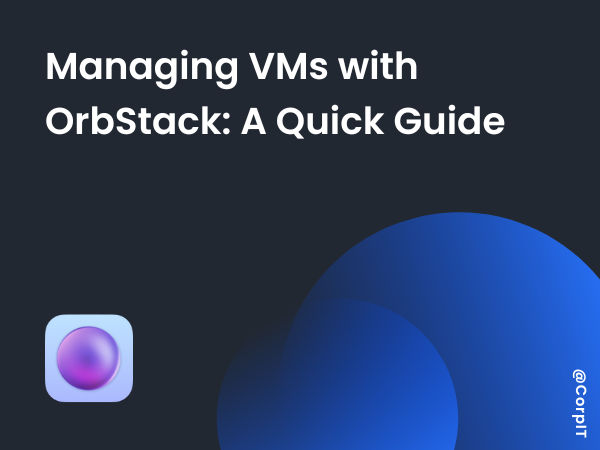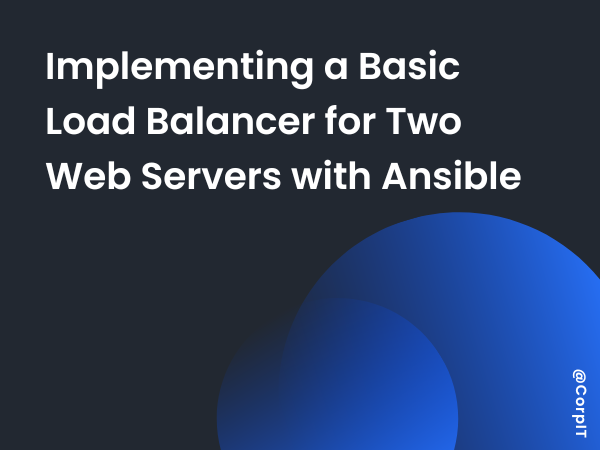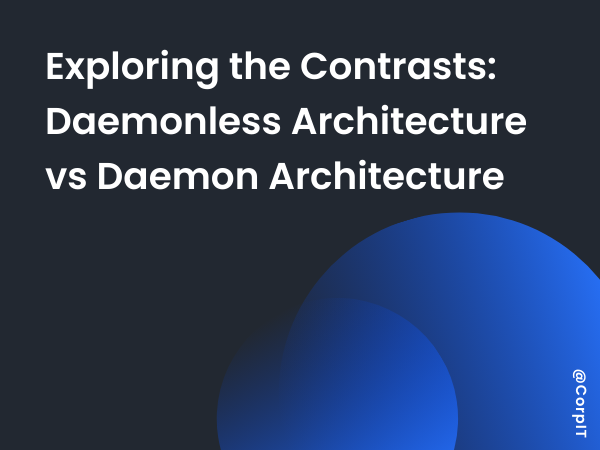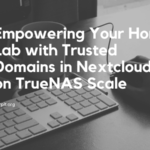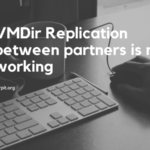As we’re all aware, Docker stands out as a leading container orchestration engine, widely embraced across various projects and boasting significant market dominance. However, a new contender has emerged on the scene: Podman. In this article, we’ll delve into the major distinctions between Docker and Podman and evaluate whether existing Docker users should consider making the switch to Podman.
Let’s now explore these differences and gain deeper insights.
| Feature | Docker | Podman |
|---|---|---|
| Architecture | Client-server architecture | Daemonless architecture |
| Rootless Operation | Requires root privileges for many operations(this is about the initial days) | Supports rootless containers |
| Compatibility | Extensive Docker compatibility | Docker-compatible, with some differences |
| Container Orchestration | Integrates with Docker Swarm and Kubernetes | Supports Kubernetes and provides pod concept |
| CLI | Robust and widely used Docker CLI | Docker-like CLI, suitable for Docker users |
| API and Ecosystem | Well-established Docker ecosystem | Growing ecosystem, with compatibility efforts |
| Daemon Requirement | Requires Docker daemon to be running | Does not require a persistent background service |
| Security | Concerns with daemon running with root privileges | Improved security with rootless operation |
| Third-party Integrations | Extensive third-party integrations with Docker | Developing ecosystem, with growing integration support |
| Community Support | Large and active Docker community | Growing Podman communit |
Table of Contents
Do you need to switch to podman if you already using the docker?
Whether to switch from Docker to Podman depends on various factors, including your specific requirements, preferences, and the current setup of your infrastructure. Here are some considerations to help you decide:
- Compatibility: Podman aims to be compatible with Docker, offering a similar command-line interface (CLI) and supporting Docker containers and images. If your workflows heavily rely on Docker’s ecosystem and you require seamless compatibility, switching to Podman might be straightforward.
- Security: Podman’s rootless operation is a significant advantage from a security standpoint. If security is a top priority and you’re concerned about the risks associated with running Docker with root privileges, transitioning to Podman could enhance your system’s security posture.
- Resource Requirements: Podman’s daemonless architecture means it doesn’t require a continuously running background service like Docker’s daemon (
dockerd). This could lead to reduced resource consumption and potentially improved system performance, particularly in environments where resource utilization is a concern. - Ease of Management: Depending on your familiarity with Docker and Podman, transitioning between the two may require a learning curve. However, if you find Podman’s daemonless and rootless approach more intuitive or beneficial for your use case, investing in the transition could simplify container management in the long run.
- Community and Support: Docker has a well-established and vibrant community, along with extensive documentation and third-party integrations. While Podman’s community is growing, it may not yet offer the same level of support and resources. Consider your reliance on community support and available documentation when evaluating the switch.
- Orchestration Requirements: If your infrastructure heavily relies on Docker Swarm or Kubernetes for container orchestration, consider how Podman aligns with your orchestration needs. While Podman supports Kubernetes and introduces the concept of pods, Docker has been more deeply integrated with Kubernetes and offers

